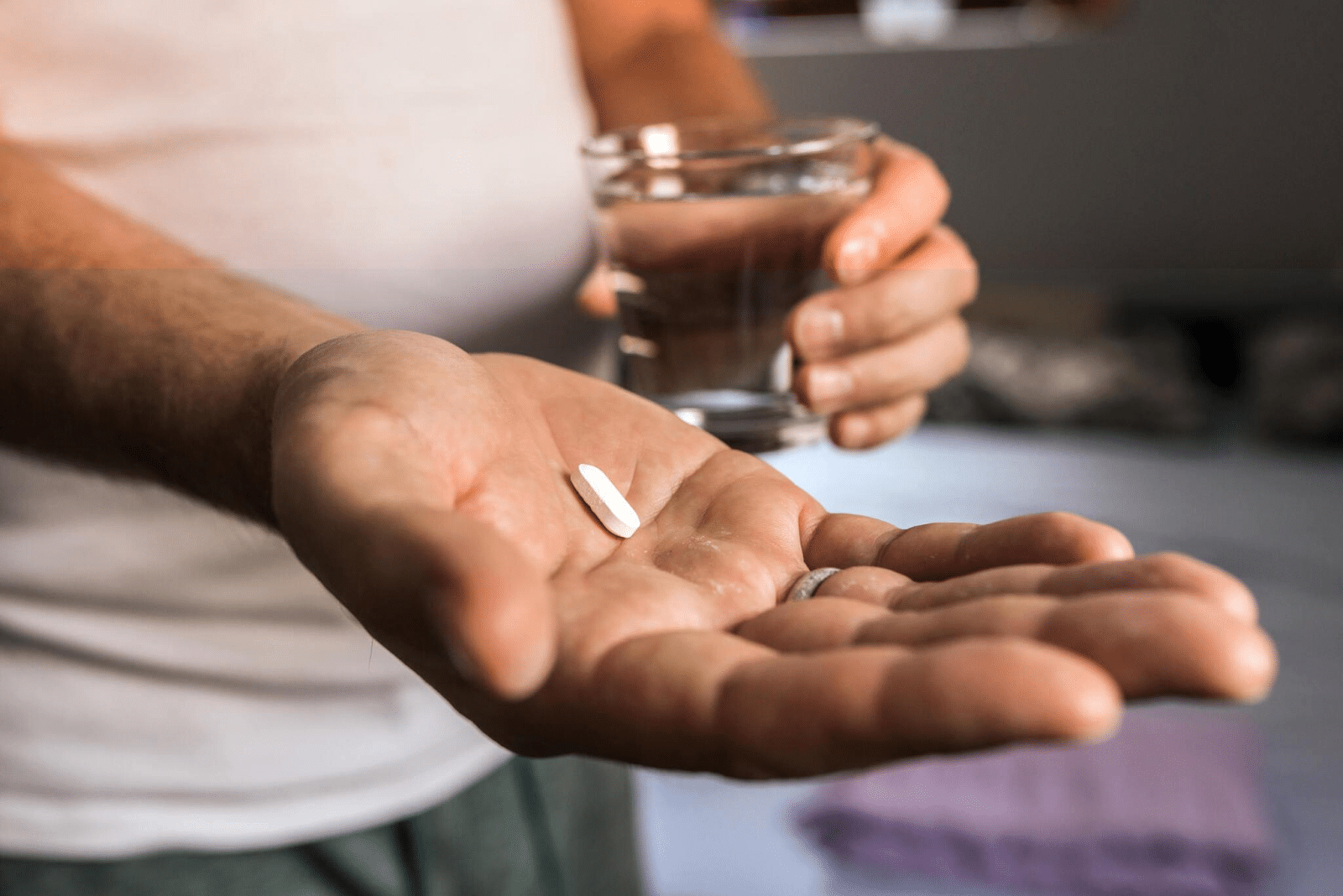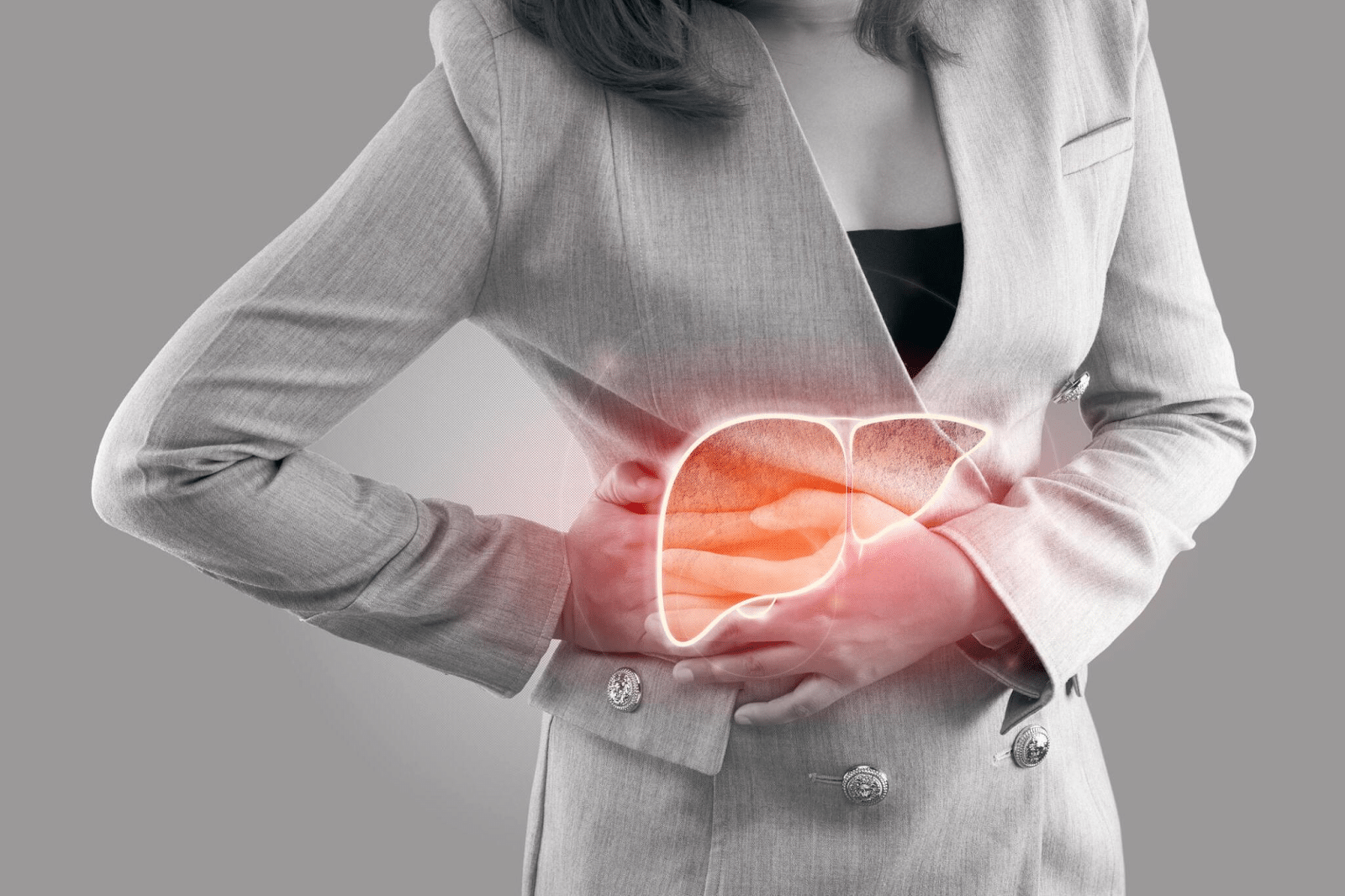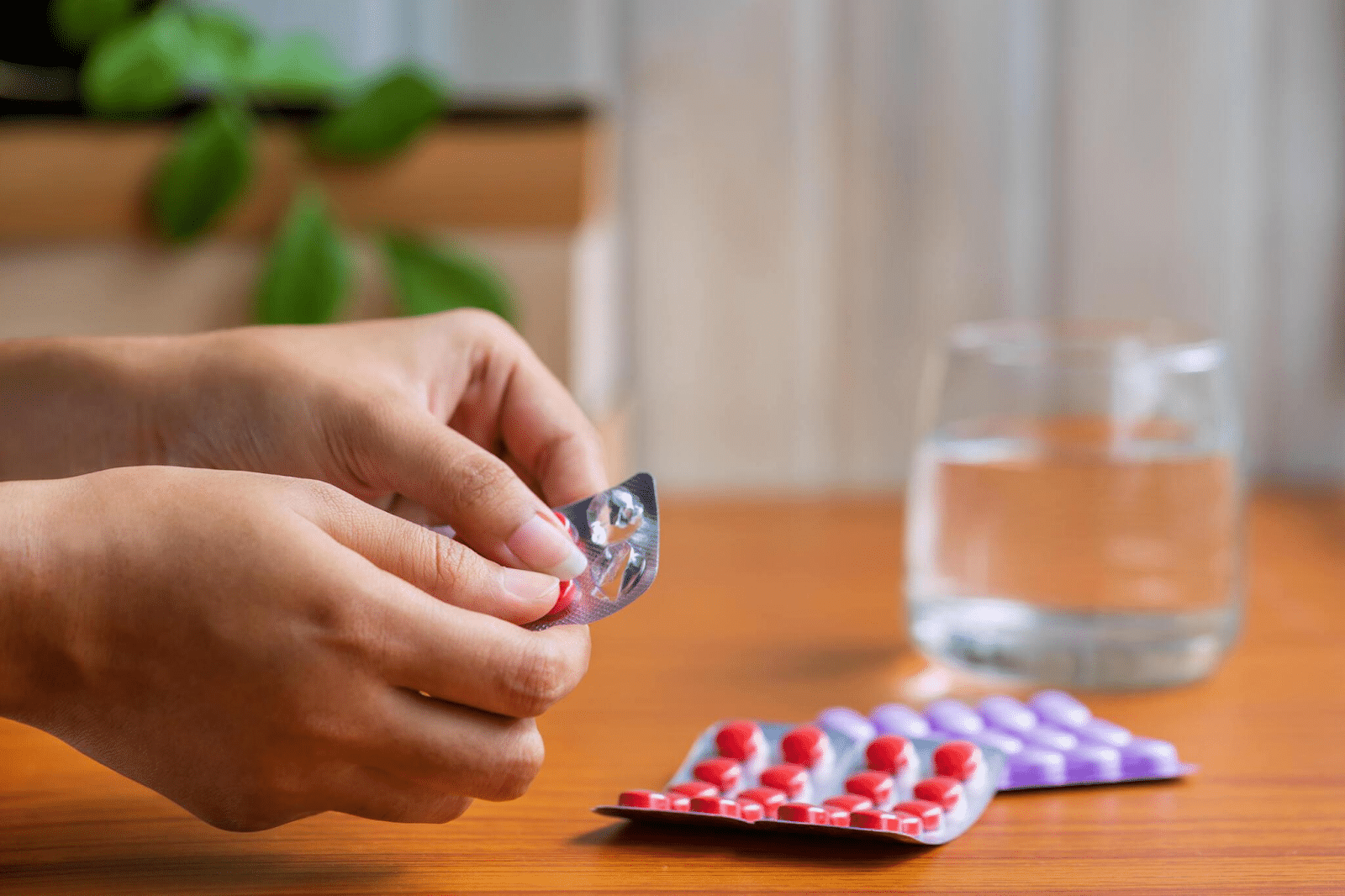Antibiotics and Alcohol : What You Need to Know

In our journey towards health and well-being, we often encounter a crossroads between medical treatment and lifestyle choices. The intersection of antibiotics and alcohol is one such area that demands our attention and understanding. Antibiotics, powerful agents against bacterial infections, operate within our bodies to eradicate harmful pathogens. However, when alcohol enters the equation, the dynamics of this healing process can change significantly.
Alcohol, a substance processed by the liver, has far-reaching effects on our central nervous system and overall body functions. Mixing alcohol with antibiotics not only poses a risk to the effectiveness of the treatment but also to our health. This article endeavours to unravel the complexities of this interaction, providing insights into the mechanisms at play, the potential risks involved, and practical advice for those undergoing antibiotic treatment.
How Alcohol Interferes with Antibiotic Effectiveness
Alcohol and antibiotics can be a precarious combination. Alcohol’s presence in the bloodstream can alter the body’s ability to absorb, metabolise, and excrete antibiotics, directly impacting their effectiveness. This interference can result in reduced potency of the medication, delaying recovery, or leading to treatment failure. Understanding the biochemical pathways through which alcohol affects these drugs is crucial for anyone on antibiotic treatment, highlighting the importance of adhering to medical advice regarding alcohol consumption.
Understanding the Health Implications
The health implications of mixing alcohol and antibiotics extend beyond the simple reduction in medication effectiveness. The combination can lead to heightened risks, including liver damage, increased toxicity of the drug, and severe side effects, which may complicate the treatment process. The liver, already tasked with processing both substances, can become overwhelmed, leading to liver stress or damage. Furthermore, the increased drug toxicity can have adverse effects on the body, emphasising the need for caution and informed decision-making.
Common Side Effects and Symptoms
When antibiotics and alcohol are consumed in tandem, the body may respond with a spectrum of undesirable side effects. These reactions can vary in severity, presenting a challenge to individuals under antibiotic treatment. The combination of these substances can trigger mild to severe physiological responses due to the way alcohol interferes with the body’s ability to metabolise and absorb the medication effectively. It’s imperative for individuals to remain observant of their bodies’ responses when combining alcohol with antibiotics, as recognizing early signs of adverse reactions can be crucial in mitigating potential risks and ensuring a safer treatment pathway.
Key Points to Consider:
- Enhanced Side Effects: Alcohol can exacerbate common antibiotic side effects such as nausea and vomiting. This intensification can make the experience more unpleasant and potentially lead to dehydration, further complicating the recovery process.
- Neurological Reactions: The central nervous system may be particularly sensitive to the mix of alcohol and antibiotics, leading to symptoms such as dizziness, sleep disturbances, and even episodes of confusion or disorientation. These effects not only pose a risk to personal health but also to safety, especially if operating machinery or driving.
- Cardiovascular Stress: A rapid heartbeat or palpitations can occur when alcohol is consumed alongside certain antibiotics. This symptom can be particularly alarming, signalling an increased burden on the cardiovascular system.
- Skin Reactions: Flushing, itching, or rashes may develop as visible signs of the body’s adverse reaction to the combination of alcohol and antibiotics, indicating a heightened immune response.
- Mitigation Strategies: Awareness of these potential side effects is the first step in mitigating risk. If symptoms arise, prompt cessation of alcohol consumption and immediate consultation with a healthcare provider are advisable. Ensuring adequate hydration, refraining from alcohol use during antibiotic treatment, and closely following the medical advice can help avoid the exacerbation of side effects.

Specific Antibiotics with Dangerous Reactions to Alcohol
Mixing alcohol with specific antibiotics, notably cefoperazone, metronidazole, and linezolid, can lead to severe and potentially dangerous reactions. These medications are associated with a risk of causing disulfiram-like reactions in the presence of alcohol, a phenomenon that can significantly complicate the treatment process and endanger the patient’s health. Understanding the nature of these reactions and the antibiotics involved is critical for anyone undergoing treatment with these drugs.
- Disulfiram-like Reactions: This severe reaction is named after the drug disulfiram, which is used to treat chronic alcoholism by producing very unpleasant side effects when alcohol is consumed. Similarly, when alcohol is ingested alongside antibiotics like cefoperazone, metronidazole, or linezolid, the individual may experience intense nausea, vomiting, heart palpitations, and even a drop in blood pressure. These symptoms are the body’s response to the interaction between the antibiotic and alcohol, designed to deter alcohol consumption.
- Mechanism of Reaction: The reaction occurs because these antibiotics can inhibit the enzyme aldehyde dehydrogenase, leading to the accumulation of acetaldehyde, a toxic byproduct of alcohol metabolism. This accumulation causes the rapid onset of the symptoms associated with disulfiram-like reactions.
- Risk of Severe Complications: Beyond discomfort, these reactions can pose serious health risks, including cardiovascular stress and severe dehydration from prolonged vomiting. In rare cases, it can lead to more severe consequences, such as respiratory difficulties, seizures, and even loss of consciousness.
- Prevention through Abstinence: The most effective way to prevent these dangerous reactions is complete abstinence from alcohol during the treatment period and for as long as the healthcare provider advises after the last dose of the antibiotic. This precaution is vital to ensure the safety and effectiveness of the treatment.
- Informing Healthcare Providers: It’s crucial for patients to inform their healthcare providers about their alcohol consumption habits before starting treatment with any of these antibiotics. A transparent dialogue can help in tailoring the treatment plan to minimise risks and ensure the patient’s safety.
Given the potential for severe reactions, the importance of adherence to medical advice cannot be overstated. Patients prescribed with antibiotics known to interact negatively with alcohol should be educated about the risks and advised on the importance of avoiding alcohol to prevent adverse effects. This knowledge empowers patients to make informed decisions about their health and treatment, contributing to a safer and more effective recovery process.
Antibiotics That May Be Less Affected by Alcohol Consumption
While the general advice leans towards avoiding alcohol during antibiotic treatment, there are exceptions. Antibiotics like doxycycline and erythromycin may exhibit a lesser degree of interaction with alcohol. However, this does not imply a green light to consume alcohol freely. Limited evidence suggests that the interaction may be milder, yet caution and consultation with healthcare professionals remain paramount to ensure the safety and effectiveness of the treatment.

Guidelines for Alcohol Consumption During Antibiotic Treatment
Navigating the landscape of antibiotic treatment while considering the consumption of alcohol requires careful consideration and adherence to specific guidelines. While the safest approach is abstinence from alcohol during antibiotic therapy, certain circumstances may lead individuals to contemplate consuming alcohol. In such instances, it is crucial to follow a set of guidelines designed to minimise potential risks associated with this combination. These guidelines serve as a framework for safer decisions but should not detract from the importance of consulting healthcare professionals for personalised advice.
- Timing is Key: One of the primary recommendations is to wait a significant period after completing the antibiotic course before consuming alcohol. The exact duration depends on the specific antibiotic used, as different medications have varying half-lives and effects on the body. A general rule of thumb is to wait at least 48 hours after the last dose to allow the body to process and eliminate the antibiotic fully. However, for some antibiotics known to interact severely with alcohol, such as metronidazole or tinidazole, it’s advisable to extend this period to at least 72 hours to ensure safety.
- Non-Alcoholic Alternatives: Opting for non-alcoholic alternatives is a practical and safe approach during antibiotic treatment. Non-alcoholic beverages can provide the social and psychological benefits of drinking without posing the risks associated with alcohol consumption. This choice helps maintain hydration and reduces the temptation to consume alcoholic drinks.
- Staying Hydrated: Adequate hydration is essential during antibiotic treatment, and even more so if considering the consumption of alcohol. Alcohol can contribute to dehydration, which may exacerbate the side effects of antibiotics and decrease their effectiveness. Ensuring sufficient intake of water and electrolyte-balanced fluids can help mitigate these risks and support the body’s healing process.
- Moderation and Awareness: If alcohol consumption cannot be entirely avoided, it is crucial to practise moderation and be acutely aware of the body’s response to the combination of alcohol and antibiotics. Monitoring for any adverse reactions or side effects and reducing alcohol intake at the first sign of discomfort can prevent more severe complications.
- Professional Medical Advice: Above all, the most critical guideline is to seek and follow professional medical advice. Healthcare providers can offer tailored advice based on the specific antibiotic prescribed, individual health conditions, and potential risks. Openly discussing alcohol consumption habits with a healthcare provider can ensure that the treatment plan accommodates personal lifestyle choices while prioritising health and safety.
Conclusion
The interplay between antibiotics and alcohol is fraught with potential risks, underscoring the importance of prioritising health and adhering to guidelines designed to ensure the effectiveness of antibiotic treatments. The development of antibiotic resistance, a pressing global health concern, further amplifies the need for caution and responsible decision-making. By fostering an understanding of the implications and making informed choices, individuals can support their healing process and contribute to the broader fight against antibiotic resistance.




